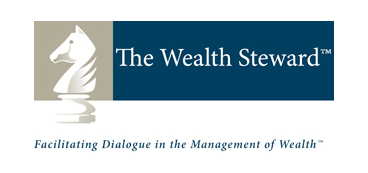By HighView Financial on August 14, 2021
OVERVIEW
For affluent family investors who have accumulated large sums of hard-earned capital or investment fiduciaries who are responsible for the stewardship of capital for the benefits of others, such as foundations, I believe that investing should be primarily focused on preserving what you have accumulated instead of playing the game of trying to beat or match the returns of capital markets. In other words, investors should first think about Risk and then about Return.
WHAT DOES PRESERVING CAPITAL MEAN?
This doesn’t mean that you keep your money ‘under your mattress’ but instead define the amount of risk you’re prepared to assume (in terms of both volatility of capital & cash flow as well as potentially not meeting your investment goals) and then accepting the returns that are a bi-product of that given level of risk. The results of this approach can sometimes mean investors need to fund more savings and/or cut their future consumption expectations…..which is never a ‘fun conversation’ with clients….but better to accept reality today than to unknowingly accept an undue level of risk that can permanently impair/destroy capital in the future.
For instance, without question, the past few years, and in some cases, the past decade, have been a volatile period of time for investors. There remains a risk-taking logic amongst some investors and advisors that the best way to make-up for these past losses or foregone investment opportunities should be to focus on seeking higher returns, which typically involves assuming more risk. I call it ‘The Double-Down Approach’ to investing. It’s an approach that sounds great in theory – and it may work out well for investors – but the greater risk is that investors can end-up losing their hard earned capital twice (or more)!
WHAT’S A GOOD APPROACH TO FOLLOW?
As a Fiduciary Manager, our approach at HighView is to objectively & prudently pursue their investment goals but to also help them avoid making the same mistakes again. This process starts by:
1. Helping clients accept their reality today (ie: the valuation of their assets versus their future consumption requirements)
2. Establishing the level of risk that they’re prepared to live with.
3. Architecting a portfolio for that given level of risk.
4. Implementing & monitoring the portfolio over time in the diligent pursuit of each client’s investment goals.
It may sound boring — and in many situations it can be — but for investors who are more concerned about ‘sleeping at night’…it actually works!
- Understanding Wealth Stewardship - August 4, 2022
- Reaching a Successful Transition of Family Wealth - May 12, 2022
- The Obstacles in Creating Sustainable Wealth - April 7, 2022




